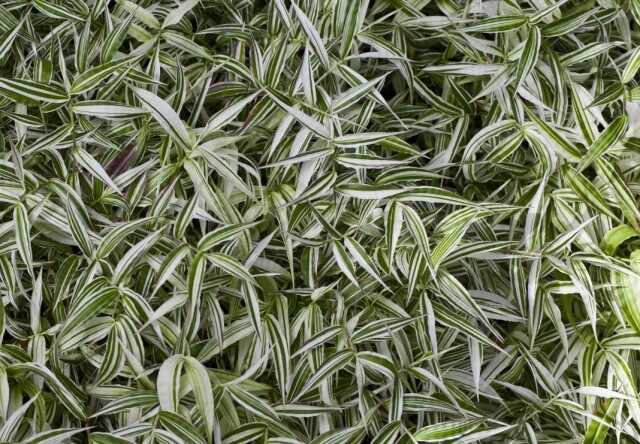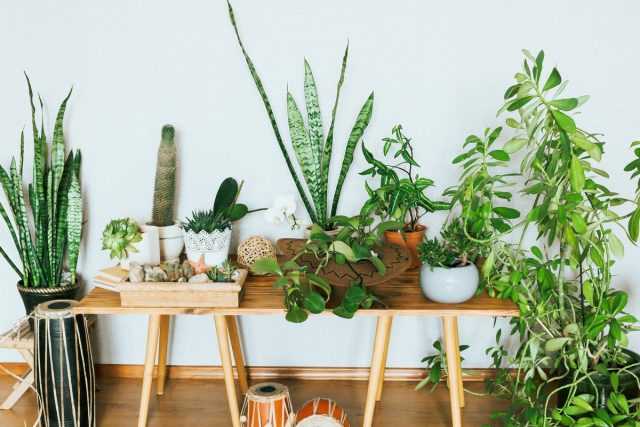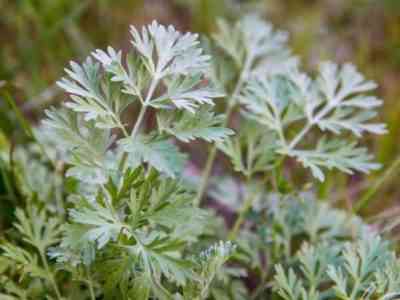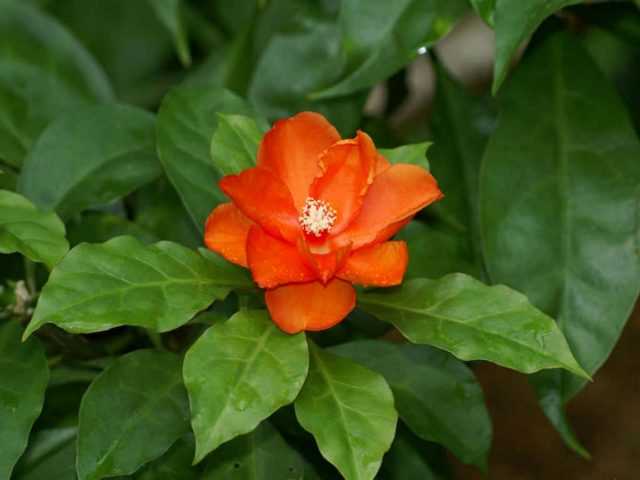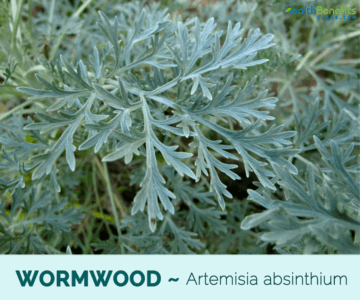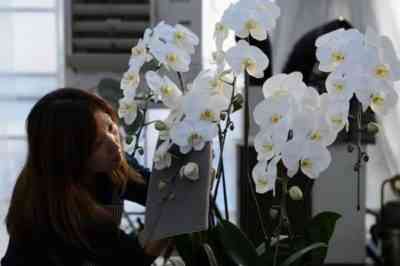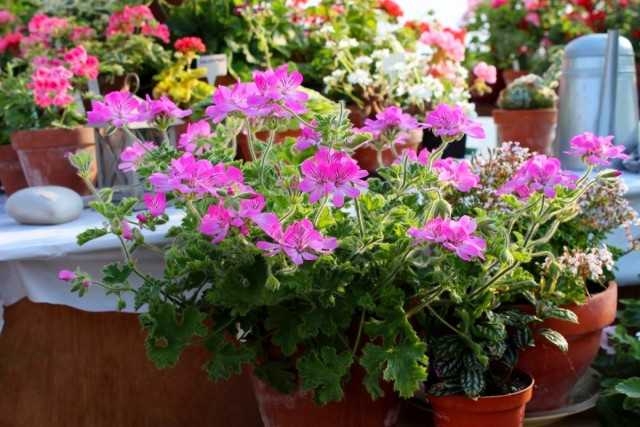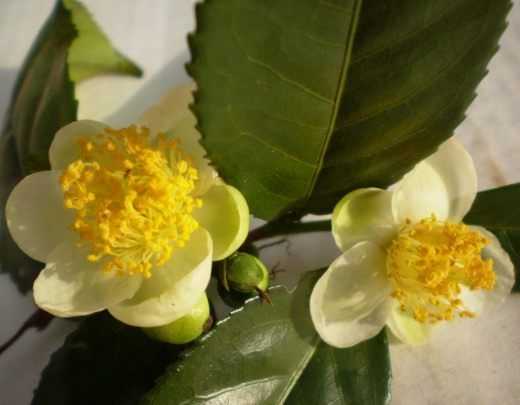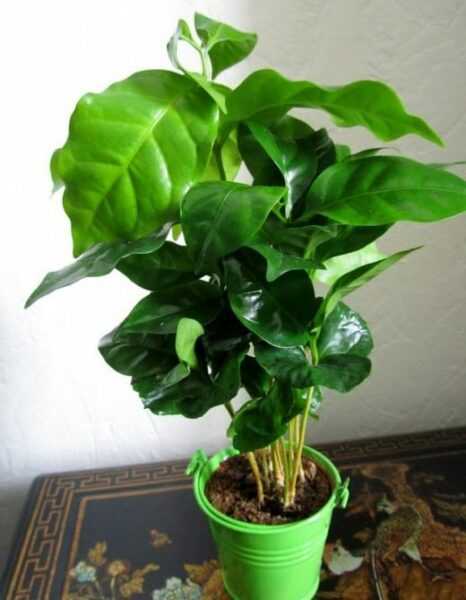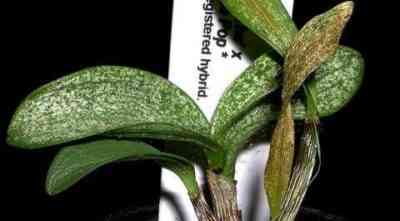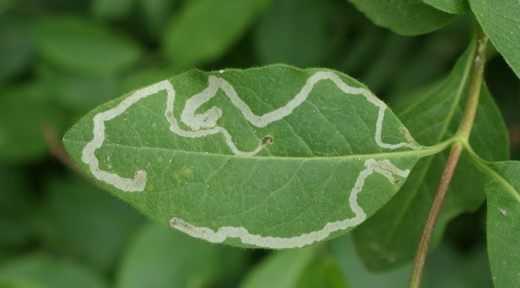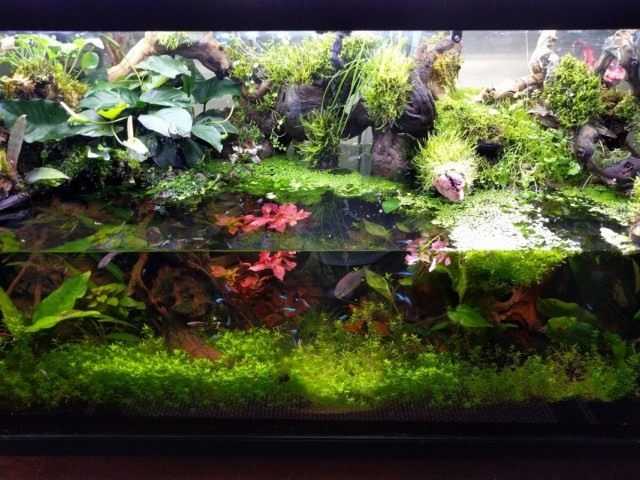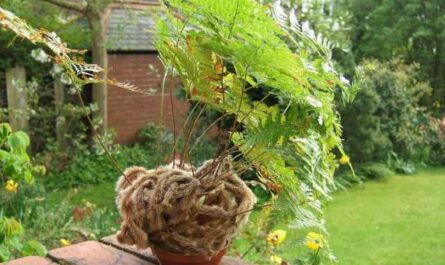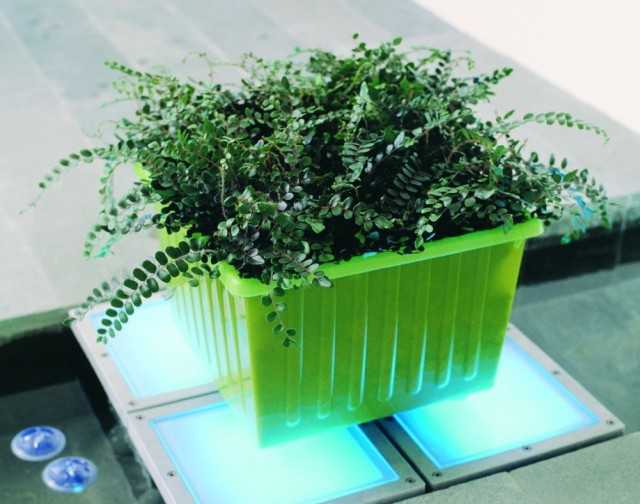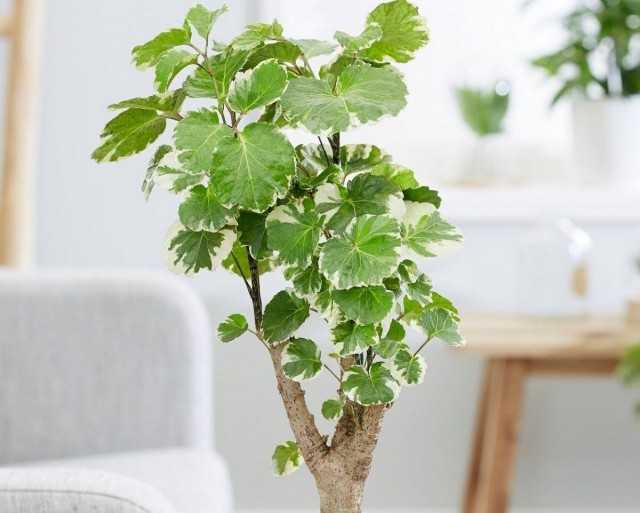Ivy is one of the most common plants among indoor flower lovers. It is very rich in various forms and varieties and can satisfy the taste of even the very picky grower. Ivy reproduces easily. People sometimes call it “loach”, probably because of its curly and clinging to the support of the branches. In the room, such specimens can grow, which with their lashes cover not only the wall, but also the ceiling of the room. Therefore, he needs support: either a vertical one in the form of a stick or a tube with moss, or stretched cords. We will tell you about all the details of growing ivy indoors in this article.
Houseplant ivy Farmer Burea-Uinsurance.com fashiondesigns.club
Contents:
Ivy – plant description
Ivy, Latin name – Hedera, folk – “brechetan”, “serpentine”, “shalenets”, “loach”. A genus of plants of the Araliaceae family. The Etymological Dictionary of the Russian Language says that the word “ivy” is usually compared with “spit”, “spit”, due to the unpleasant taste of the plant.
Ivy – creeping shrubs, clinging with their adventitious roots to walls, tree trunks, etc. The stems bear dense-skinned leaves of two genera: on non-flowering branches – dark green, angular-lobed, and on flowering branches – light green, whole, lanceolate, oblong or ovoid. There are no stipules.
Relatively small ivy flowers are collected at the top of the branches in shields, heads or brushes. The flower either has no bracts at all, or has a very small bracts. Calyx barely developed, whole-edged or five-toothed. Corolla five-lobed, folded in bud. There are five stamens, a pistil with a lower, semi-lower or upper five-nested ovary, with a short column surrounded at the base by a fleshy disc. The fruit is a black or yellowish berry. Seed with an elongated embryo in a wrinkled-folded protein.
How to care for ivy?
Watering… In summer, the plant is watered abundantly, but too much watering can lead to yellowing of the ivy leaves. In winter, less water is required for irrigation, but it is not worth bringing the earthen clod to dryness.
Topping… From time to time, the ends of the ivy stalks are pinched to allow lateral shoots to grow. The cut tops are used as cuttings. Be sure to remove green shoots that sometimes appear on plants with variegated leaves.
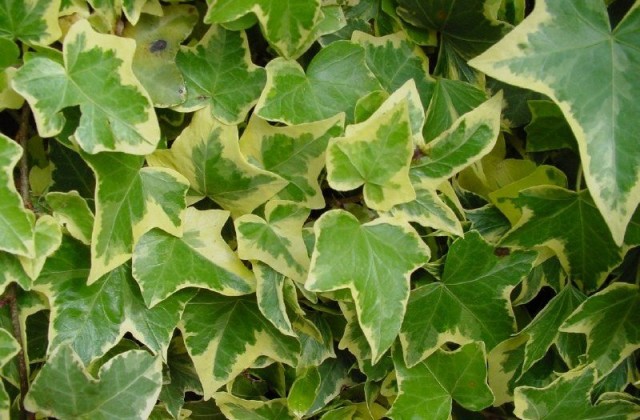
Temperature… Moderate or cool, at night no more than 16 ° C, winter minimum is recommended 12 ° C. In warm and especially dry rooms, ivy is often attacked by the scabbard. However, with regular spraying, it will overwinter well at normal room temperature.
Lighting… Ivy do not tolerate direct sunlight, but (especially variegated forms) prefers a well-lit place, and do not like changes in location in relation to the light source. Green ivy varieties can be classified as shade-tolerant, but it is still desirable to provide them with a bright place. They require a brighter location in winter than in summer.
Fertilizer… From March to August, they are fed with complex fertilizer for decorative deciduous indoor plants. Top dressing is carried out every two weeks. Ivy are good for feeding with mullein infusion. However, such frequent feeding leads to the fact that their leaves become very large and the plants lose their decorative appeal.
Air humidity: Ivy likes humid air. It requires frequent spraying in summer, as well as in winter if it is in a warm room. If this is possible, then periodically he is given a shower.
Ivy is transplanted in the spring: young plants – annually, adults – in a year in larger pots.
Reproduction of ivy
Ivy, a plant that reproduces effectively in the following ways:
- cuttings;
- shoots;
- layering.
Reproduction by cuttings
Ivy, as a rule, propagate by cuttings, which are planted in pots with a diameter of 7 cm, 2-3 in each and covered with foil. An earth mixture for them is prepared from deciduous soil and sand. Cuttings with aerial roots take root better. Garden forms with variegated leaves take root much worse.
Breeding shoots
Ivy can be propagated by whole shoots. A shoot with 8-10 leaves is placed on the sand, pressing into it so that the leaves remain on the surface. On the tenth day, underground roots form on the stem near the buds from the air roots. After that, the shoot is taken out of the sand and cut so that the cuttings have one leaf and roots. Sometimes it is enough that we cut off a shoot with adventitious roots about 10 cm long in spring or summer. Then we plant it at home or outdoors, and it quickly takes root.
It is not necessary to keep the cutting in water until the roots appear. The cuttings should be treated with root hormone powder. In some cases, cuttings without adventitious roots will take a little longer to root – this is perhaps the only small drawback of ivy.
Reproduction by layers
There is another way of propagation of ivy – layering. Long lash-shoots are instilled in, after making cuts on them from the bottom side, and fix them in the ground using U-shaped brackets. After the new plants have taken root, they are carefully separated and transplanted.
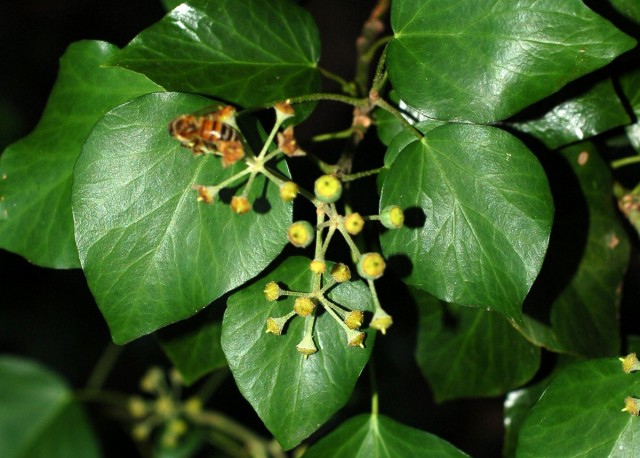
Ivy transplant
Extracting water with useful elements dissolved in it by roots from the soil, plants gradually deplete the soil. To improve the nutrition of ivy, they are periodically transplanted into new soil of the same composition or changed in case of urgent need. It is necessary to transplant a plant if it does not give growth and its leaves wither, and also when its roots have braided the whole earthy ball or small roots have formed a “felt”.
Before transplanting, the flowerpot is watered abundantly in order to soak the entire earthen lump. Shaking out the plant along with the lump from the pot, they determine the need for a transplant. If it is not yet necessary to transplant ivy, then they do a transshipment: the lump is left intact, the plant is transferred into a slightly larger pot (2-3 cm) and earth is added. Transhipment can also be performed during flowering, and the flower will not be delayed in growth.
Ivy transplants are usually carried out in the spring – in March or April. The first signs of the need for a transplant are the germination of roots through the drainage holes and the slowed down development of the plant.
Drainage is placed at the bottom of the pot so that water can freely seep through the soil, and air can easily penetrate to the roots. It would be nice to put a layer of chopped peat moss on this layer. This prevents the drain hole at the bottom of the pot from blocking the ground.
When transplanting, it is very important that the root neck of the ivy is not covered with earth, but also does not protrude from the ground, and that there are no voids in the soil. After transplanting or transshipment, the ground around the trunk is squeezed with a stick or index finger and the sides are left free for irrigation. Then the plant is watered, sprayed and placed in a warm room, protected from drafts and direct sunlight.
Ivy diseases and pests
Common spider mite
Insects can be seen on the underside of young leaves or at the tips of shoots. The upper side of the affected leaves is covered with yellowish spots and dots, and with severe damage, a thin white cobweb forms between the leaves and stems. Damaged leaves become marbled, turn yellow and fall off prematurely.
Red spider mite
The mite bites into the skin of the stem, damaging it, leaving uneven gray-brown spots. It multiplies very quickly, actively affecting ivy.
Mealybug
The female scale insects lay their eggs in white cotton-like fluffy leaves along the veins. Insects can secrete a sticky liquid called honeydew, on which a sooty fungus develops that contaminates plants. Sucking the juices of young shoots and leaves, the worms greatly retard the growth of the plant.
Shields and Falsills
They stick to the upper and lower sides of leaves, branches and trunks of plants. Only young larvae settle on the plant, sticking to its various parts. With a strong infection, the leaves (along the veins) and plant trunks are covered with a kind of bloom, formed from a large accumulation of scale insects. In damaged plants, growth and development are retarded; the leaves turn yellow and fall off prematurely. Shields and false shields secrete a sticky liquid – a pad, which contributes to the appearance and development of a sooty fungus, which further worsens the condition and development of the plant.
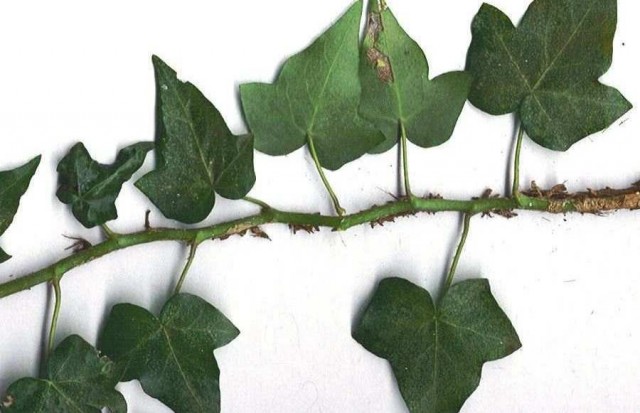
Greenhouse thrips
It is kept in groups on the underside of the leaf, especially along the veins. Eggs are laid in leaf tissue. On the damaged leaves, brown-brown spots appear on the underside, and whitish spots appear on the upper side. With a strong infection, the leaves turn yellow, dry up and fall off. These insects bring the greatest harm in summer, in hot weather.
Tli
Aphids are especially active in attacking plants in spring and summer. They live in groups on the underside of leaves, on young shoots, feeding on plant sap. Winged aphids can fly from one flower to another, infecting all of them. In plants damaged by aphids, the leaves turn yellow and curl.
Useful properties of ivy
The plant has antibacterial, anti-fungal, anti-inflammatory effects. It is used as an astringent, laxative, emetic, for polyps, sclerosis. The alcoholic extract from the fruit helps to reduce blood pressure, is used to remove warts and wart. Decoctions from the leaves are effective for coughs and headaches, have a diaphoretic effect.
The hemolytic properties of ivy preparations make it possible to use it to maintain vascular tone. Infusion of ivy leaves is used for rheumatism, gout, articular arthritis and salt deposition. Decoction of roots treat boils, burns, used for scabies, pediculosis, mycoses of the scalp. Ivy is included in the collection of herbs for kidney stones and bladder stones. This is a very useful houseplant – ivy cleans the air of formaldehyde, trichlorethylene, xylene, benzene.
There are many folk remedies using this plant, although its fruits are considered poisonous, despite this, you should not be afraid of side effects in normal dosages.
